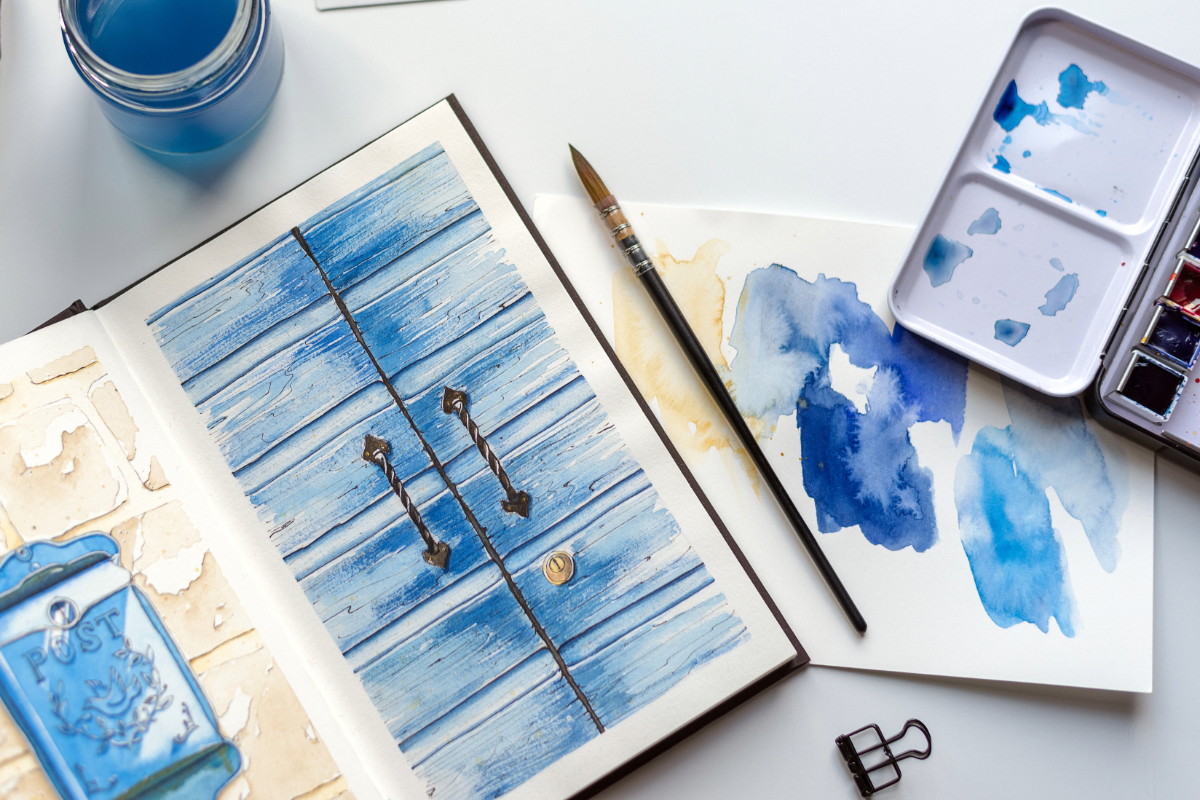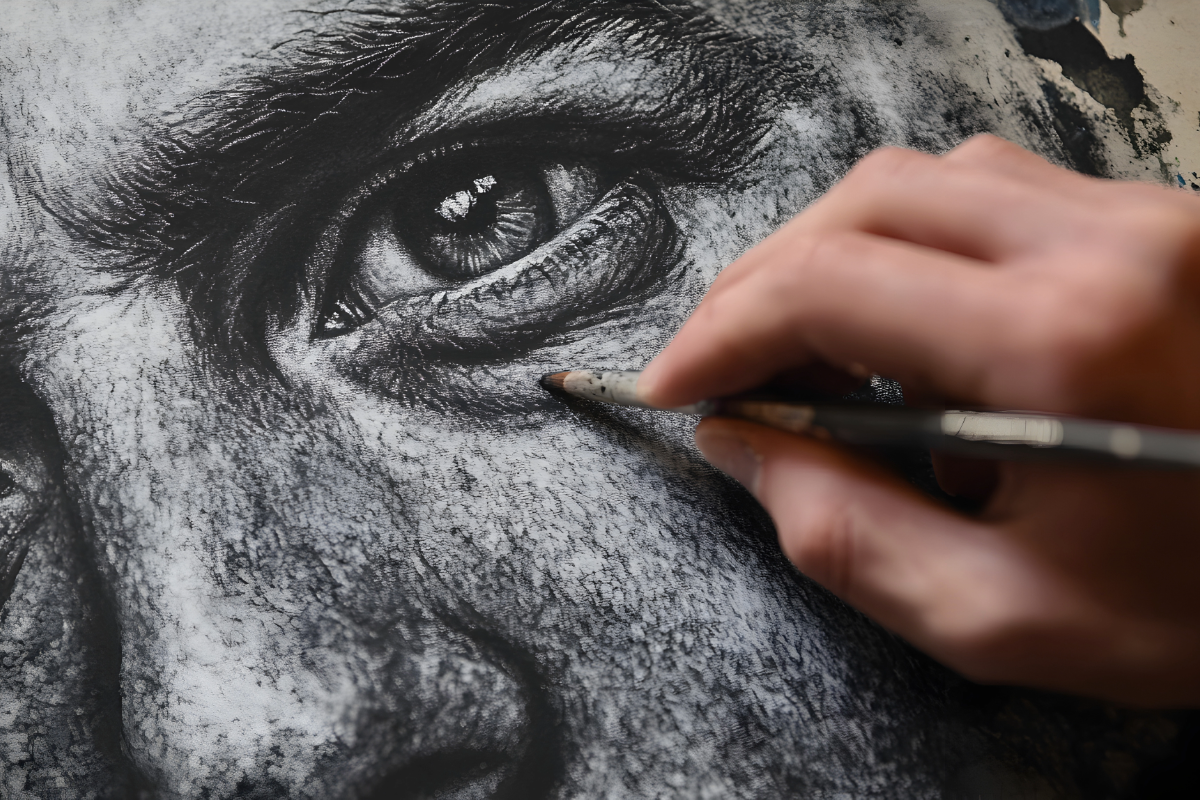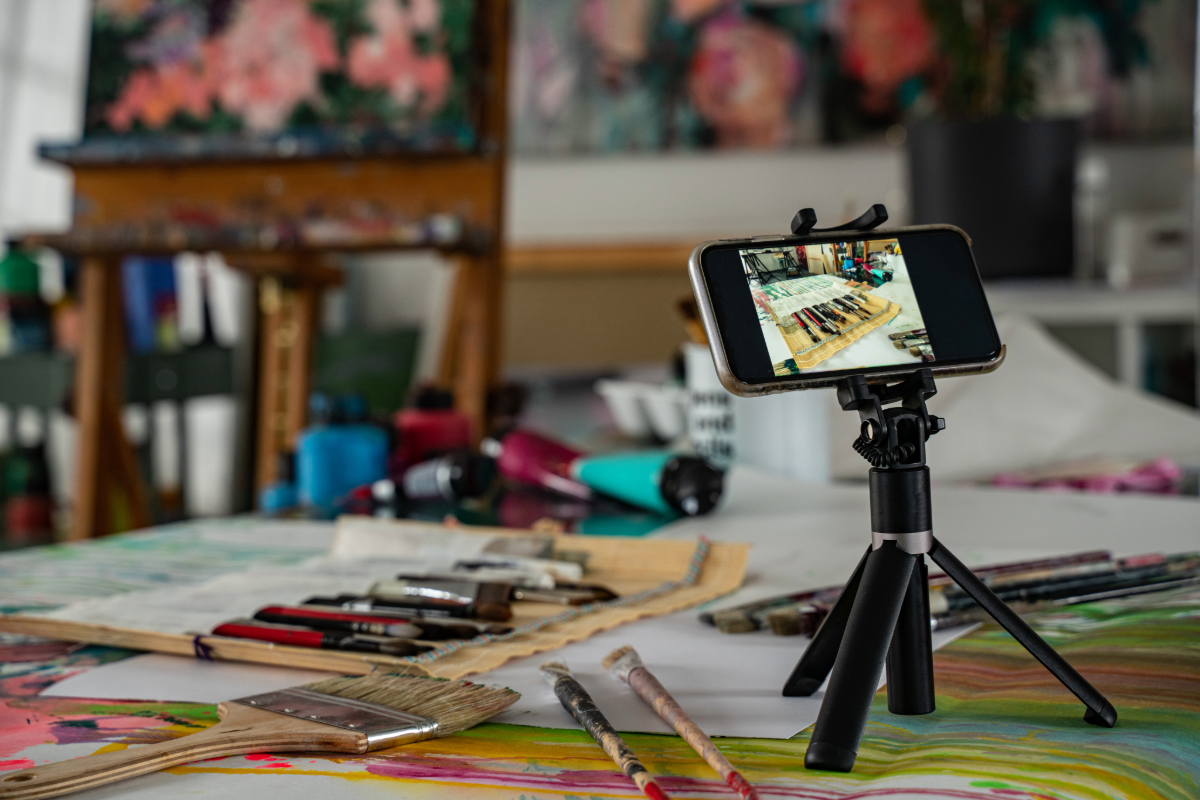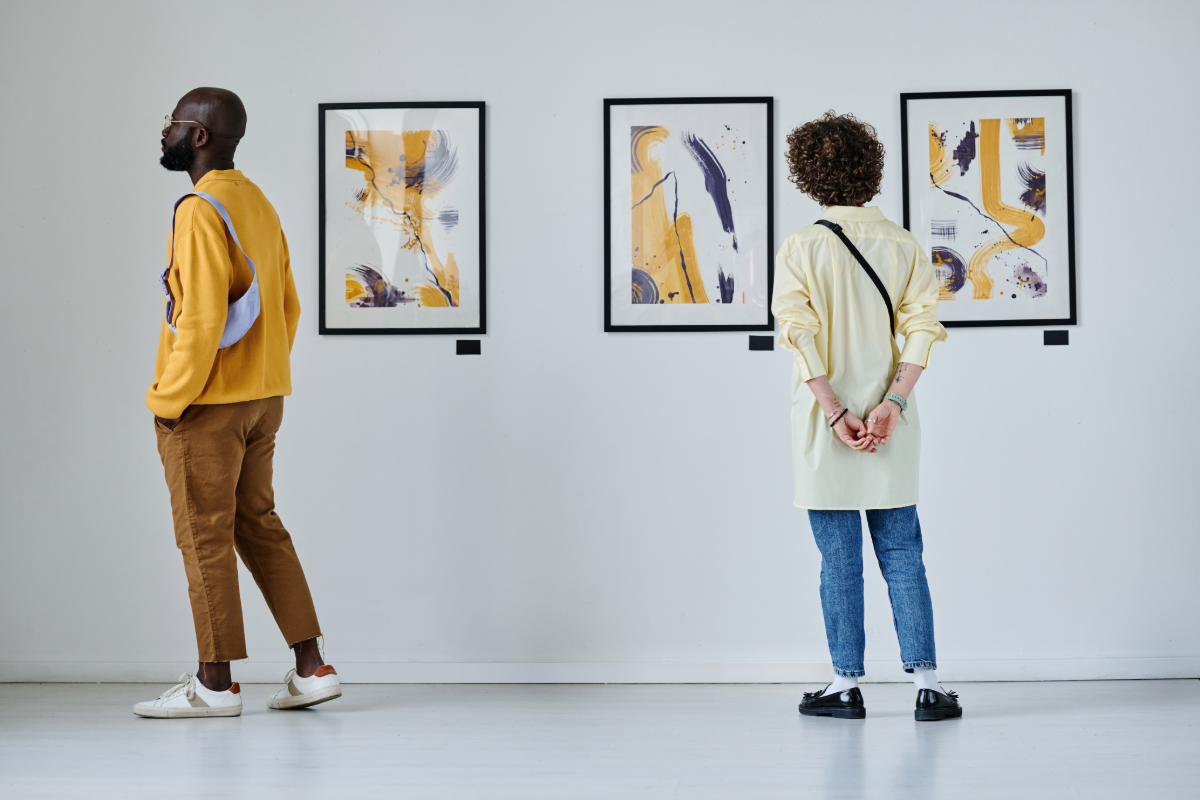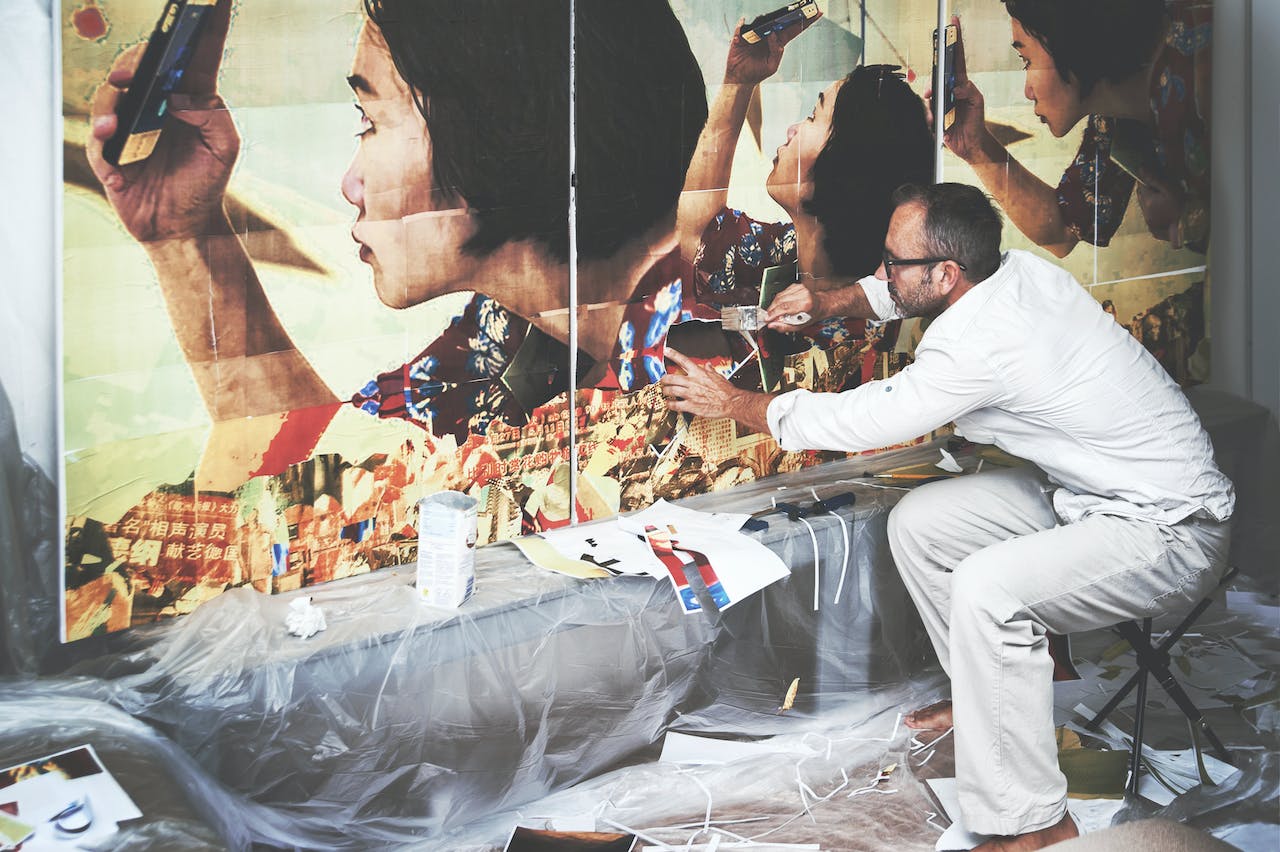The Organized Artist: A Complete Guide to Inventorying Your Artwork
Ever received a frantic call from a gallery requesting details about a specific piece you created years ago? Or scrambled to find dimensions for a competition application at the last minute? A well-organized inventory system can be a lifesaver for artists and photographers. It not only keeps track of your artistic journey but also streamlines professional opportunities.
Here at TheArtList, we understand the importance of documenting your creative endeavors. So, whether you’re a seasoned artist with a vast collection or a budding photographer just starting out, this guide will equip you with the knowledge and tools to build a robust art inventory.
Why Inventory Your Artwork?
Think of your inventory as a detailed biography of your creations. It provides essential information for potential buyers, galleries, and curators. Imagine a collector expressing interest in a particular piece you exhibited two years ago. With a comprehensive inventory, you can effortlessly provide details like title, dimensions, and medium used, all within seconds.
Furthermore, a well-maintained inventory streamlines applications for competitions, shows, and exhibitions. No more panicking over missing dimensions or misplaced photographs when deadlines loom. A readily available record of your artwork ensures a smooth and professional application process.
Getting Started: A Step-by-Step Approach
Feeling overwhelmed by the sheer volume of your work? Don’t fret! Begin by tackling the most manageable pieces: your newest creations. Cataloging these fresh works will establish a system you can effortlessly apply to your entire collection, working backward chronologically. This way, you’ll avoid feeling overwhelmed and ensure a smooth, organized inventory process.
Take High-Quality Photographs
Visuals are paramount in the art world. Invest time in capturing high-quality photographs of your artwork. Whether you choose to hire a professional photographer or embark on this journey yourself, ensure the following:
- Lighting: Proper lighting is crucial. Opt for natural diffused light whenever possible. Avoid harsh shadows or glares that can distort the true appearance of your artwork.
- Focus and Clarity: Ensure your camera is focused sharply on the artwork. Avoid blurry or out-of-focus photographs that leave details obscured.
- Background and Framing: Maintain a clean and neutral background that doesn’t compete with the artwork itself. If your piece is framed, consider capturing an additional photograph without the frame for versatility.
Related: ART MARKETING 101: HOW TO PHOTOGRAPH YOUR ARTWORK LIKE A PROFESSIONAL
The Power of Details: What to Record
The heart of your inventory lies in the meticulous recording of specific details. Here’s a breakdown of essential information to include:
- Title: A captivating and descriptive title can enhance the appreciation of your artwork.
- Dimensions: Record the height, width, and depth of your artwork in a standardized unit (inches, centimeters, etc.).
- Inventory Number: Assign a unique identifier to each piece. This allows for easy reference and tracking within your system.
- Creation Date: Document the year (or specific date) your artwork was created.
- Medium: Specify the materials used in creating the artwork (e.g., oil on canvas, bronze, digital photography).
- Location: This specifies the place your work is currently kept, such as your studio, a storage space, a gallery, an art fair, or a museum.
- Price (Optional): Assign a current market value to your artwork. Consider factors like material costs, time invested, and overall size when establishing a price point.
- Subject Matter (Optional): If applicable, briefly describe the subject matter depicted in your artwork.
Beyond the Basics: Adding Depth to Your Inventory
While the core details listed above are essential, consider adding more layers to your inventory. This can include:
- Artist Notes: Capture the story behind your creation. What inspired you? What techniques did you employ? These personal insights can add value and intrigue for potential buyers. Plus, your notes could spark inspiration for you down the road on a future project.
- Provenance: If your artwork has been previously exhibited or owned, document its history.
- Edition Number (if applicable): For editions of prints or photographs, record the edition number and total number of prints in the edition.
Competition, Shows & Exhibition History
Documenting your competition and exhibition history serves a dual purpose. It allows you to:
- Track Your Progress: Having a log of all the competitions you entered allows you to see which ones accepted your artwork and which ones awarded you a prize. Tracking your most successful pieces can help you understand what jurors are looking for, so you can improve your submissions over time.
- Boost Your Credibility: Artworks with a history of being exhibited or winning competitions garner more interest from potential buyers and galleries. Having this information readily available on hand can give your artwork a significant edge.
Choosing Your Platform: Spreadsheets vs. Art Inventory Apps
The beauty of art inventory lies in its customizability. You can choose a method that best suits your needs and comfort level. Here are two popular options:
- Spreadsheets: A readily available and familiar tool for many, spreadsheets allow for easy data entry and organization. Free online spreadsheet applications like Google Sheets offer a user-friendly platform to manage your inventory.
- Art Inventory Apps: Several dedicated art inventory applications offer specialized features and functionalities. These can range from barcode integration to automatic valuation tools. Consider exploring free trials of such apps before committing to a paid subscription.
The Art of Organization: Reap the Rewards
Completing your art inventory can feel like a weight lifted from your shoulders. It’s a task that might have loomed large for a while, but the benefits extend far beyond the simple satisfaction of getting organized. A well-maintained inventory empowers you to:
- Make Informed Decisions: With detailed records at your fingertips, you can confidently price your artwork, track sales history, and make informed decisions about future exhibitions and opportunities.
- Showcase Your Professionalism: Galleries and curators appreciate artists who are organized and prepared. A comprehensive inventory demonstrates your dedication and professionalism, making a positive first impression.
- Gain Peace of Mind: Knowing exactly where your artwork is located and having all the essential details readily available eliminates unnecessary stress and allows you to focus on creating new masterpieces.
TheArtList: Your Partner in Artistic Success
At TheArtList, we’re passionate about helping artists thrive in their careers. We offer a wealth of resources to fuel your artistic journey, from informative blog posts like this one, to open calls and competitions that can propel your work into the spotlight.
Subscribe to our Artist & Photographer Mailing List so you won’t miss any upcoming blog posts, monthly newsletters featuring our Artist of the Month contest winners, and art calls delivered straight to your inbox.
And if you’re an art gallery, museum, or organization looking to promote your art calls, contests, exhibitions, or events, subscribe to our Submitter Mailing List. You’ll receive our monthly newsletter showcasing some remarkable up-and-coming talent, along with occasional discounts on our promotional packages.
Remember, a well-organized inventory is more than just a list; it’s a powerful tool that empowers you to manage your artistic career with confidence and clarity. So, take the first step today and embark on building your own art inventory. TheArtList will be here to cheer you on every step of the way!




